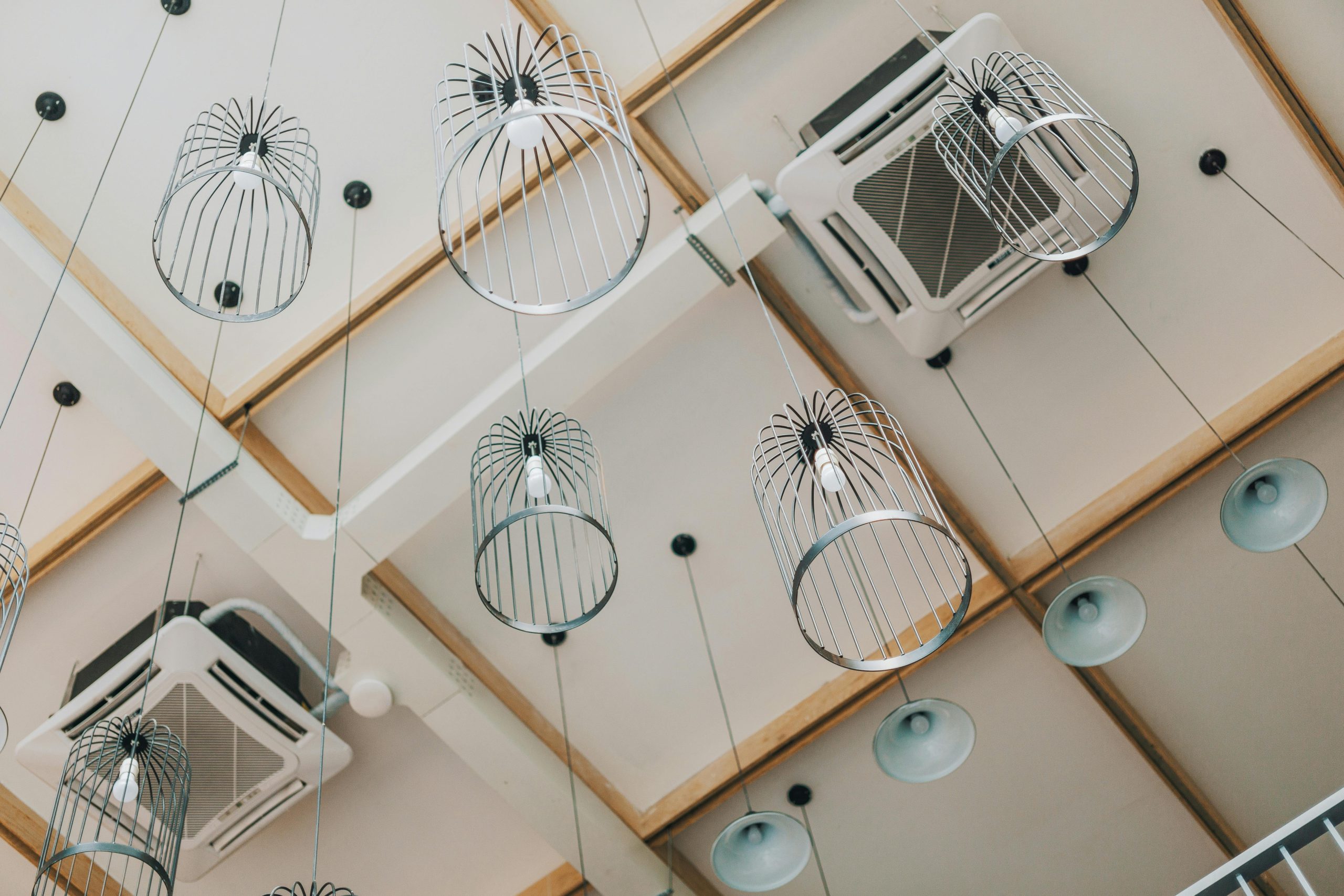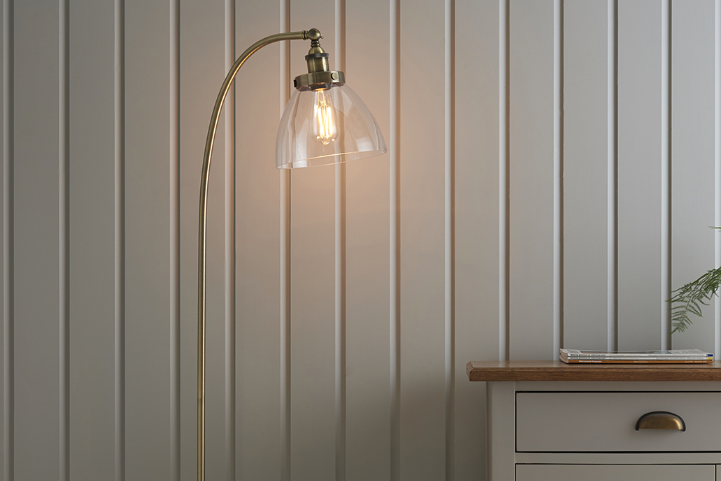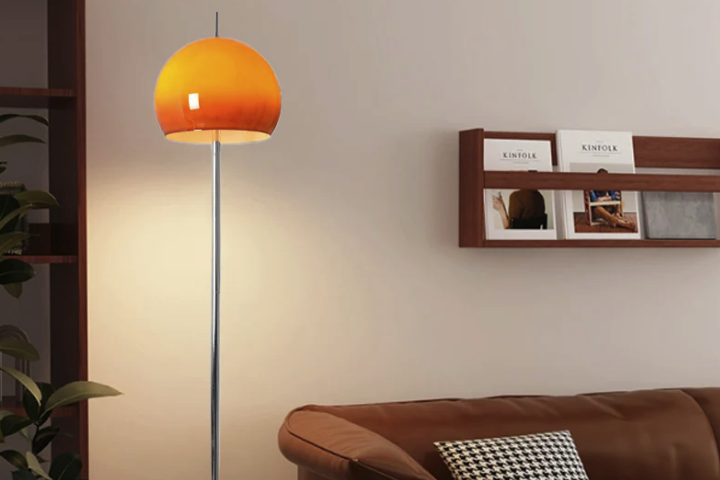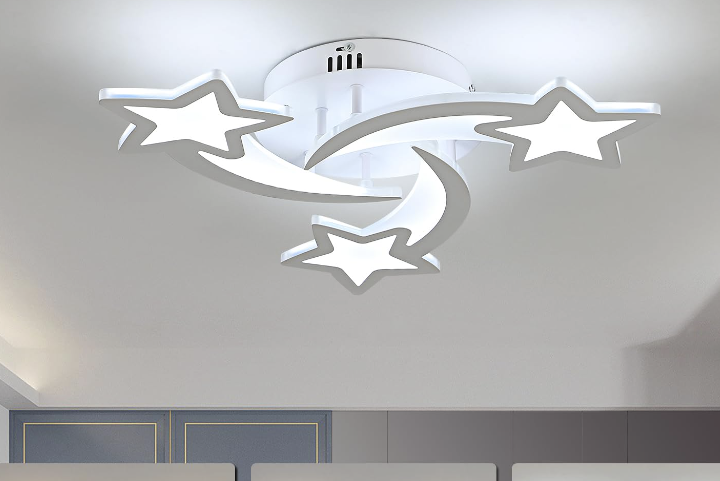Chandeliers have a long and rich history that dates back centuries. Originally used to hold candles and provide light in grand palaces and castles, chandeliers yibil have evolved into a symbol of luxury and elegance in interior design. Today, chandeliers are not only functional light fixtures but also works of art that can transform a space and create a sense of grandeur. In this article, we will explore the art of chandelier design, the different styles available, the impact they have on lighting design, and their role in creating luxurious living spaces.
The Art of Chandelier Design: A Timeless Tradition
The craftsmanship behind chandelier design is truly remarkable. Each chandelier is meticulously crafted by skilled artisans who have honed their craft over many years. From the initial design concept to the final product, every step of the process requires precision and attention to detail.
Traditional materials such as crystal, glass, and metal are often used in chandelier making. Crystal chandeliers, in particular, are highly sought after for their timeless beauty and ability to refract light in a dazzling display. Glass chandeliers are also popular for their versatility and ability to create a more modern look. Metal chandeliers, on the other hand, can add a touch of industrial or rustic charm to a space.
From Classic to Contemporary: Exploring Chandelier Styles
Chandeliers come in a wide variety of styles, ranging from classic to contemporary. Classic chandelier styles include the traditional crystal chandelier with its ornate details and intricate designs. These chandeliers are often associated with opulence and grandeur.
Contemporary chandelier styles, on the other hand, embrace simplicity and clean lines. They often feature sleek designs and innovative materials such as acrylic or LED lights. These chandeliers are perfect for modern spaces that prioritize minimalism and functionality.
When comparing classic and contemporary styles, it is important to consider the overall aesthetic of the space. Classic chandeliers are best suited for traditional or formal settings, while contemporary chandeliers can add a touch of modernity to any space.
The Power of Light: How Chandeliers Transform Spaces
Chandeliers have a significant impact on lighting design. They not only provide functional light but also serve as a focal point in a room. The placement and design of a chandelier can greatly enhance the mood and atmosphere of a space.
For example, a large crystal chandelier in a dining room can create an elegant and sophisticated ambiance, perfect for formal dinner parties. On the other hand, a contemporary chandelier with adjustable LED lights in a living room can create a cozy and intimate atmosphere, perfect for relaxing or entertaining guests.
The type of light bulbs used in a chandelier also plays a role in the overall lighting design. Warm white bulbs can create a soft and inviting glow, while cool white bulbs can create a more modern and energizing atmosphere.
Chandeliers in the Home: Creating a Luxurious Living Space
Incorporating chandeliers into home decor can instantly elevate the look and feel of a space. Whether it’s in the entryway, living room, dining room, or bedroom, chandeliers can add a touch of luxury and sophistication to any room.
When choosing a chandelier for your home, it is important to consider the size and scale of the space. A small chandelier may get lost in a large room, while an oversized chandelier may overwhelm a small space. It is also important to consider the overall style and aesthetic of the room. A crystal chandelier may not be suitable for a modern minimalist space, while a contemporary chandelier may look out of place in a traditional setting.
In terms of placement, chandeliers are often hung in the center of a room or above a dining table. However, they can also be used to highlight specific areas or architectural features. For example, a chandelier can be hung above a kitchen island or in a reading nook to create a focal point.
The Role of Chandeliers in Interior Design

Chandeliers play a crucial role in interior design as they can serve as a focal point in a room. They draw the eye and create a sense of grandeur and elegance. The right chandelier can tie together the overall design scheme and enhance the aesthetic of a space.
When choosing a chandelier for a room, it is important to consider the style, size, and scale of the space. A chandelier that is too small may go unnoticed, while one that is too large may overpower the room. It is also important to consider the height of the ceiling and the amount of natural light in the space. A chandelier with multiple tiers and layers may be more suitable for high ceilings, while a simpler design may work better in a space with low ceilings.
The Beauty of Crystal: How Chandeliers Enhance Decor
Crystal chandeliers are often considered the epitome of luxury and elegance. The allure of crystal lies in its ability to refract light and create a dazzling display. Crystal chandeliers can add a touch of glamour to any space and instantly elevate the decor.
Crystal chandeliers come in a variety of styles and designs, from traditional to contemporary. Traditional crystal chandeliers often feature intricate details and ornate designs, while contemporary crystal chandeliers embrace simplicity and clean lines.
When choosing a crystal chandelier, it is important to consider the quality and clarity of the crystals. High-quality crystals will have excellent clarity and sparkle, while lower-quality crystals may appear dull or cloudy. It is also important to consider the overall aesthetic of the space and choose a crystal chandelier that complements the decor.
The Importance of Proper Chandelier Installation and Maintenance
Proper installation and maintenance of chandeliers are crucial for both safety and longevity. Improper installation can lead to accidents or damage to the chandelier, while lack of maintenance can result in a dull or dirty appearance.
When installing a chandelier, it is important to follow the manufacturer’s instructions and hire a professional if necessary. Chandeliers can be heavy and require secure mounting to prevent them from falling. It is also important to ensure that the electrical wiring is properly installed and meets safety standards.
Regular maintenance and cleaning are also important to keep chandeliers looking their best. Dust and dirt can accumulate on the crystals or other parts of the chandelier, dulling their sparkle. It is recommended to dust the chandelier regularly with a soft cloth or brush and clean the crystals with a mild detergent and water solution.
Chandeliers in Public Spaces: Creating a Sense of Grandeur
Chandeliers are not only found in homes but also in public spaces such as hotels, restaurants, and theaters. In these spaces, chandeliers serve as a focal point and create a sense of grandeur and opulence.
For example, a grand crystal chandelier in the lobby of a hotel can create a stunning first impression for guests. In a theater, chandeliers can add to the ambiance and create a sense of drama. In restaurants, chandeliers can enhance the dining experience by creating an intimate and elegant atmosphere.
The Evolution of Chandelier Design: Innovations and Trends
Chandelier design has evolved over the years with the introduction of new materials and techniques. While traditional materials such as crystal, glass, and metal are still widely used, designers are now experimenting with new materials such as acrylic, wood, and even recycled materials.
Contemporary chandelier designs often feature innovative lighting technologies such as LED lights. These lights are energy-efficient and can be programmed to create different lighting effects. They also have a longer lifespan compared to traditional light bulbs.
In terms of trends, there is a growing interest in minimalist and geometric designs. Chandeliers with clean lines and simple shapes are becoming increasingly popular in modern spaces. There is also a trend towards oversized chandeliers that make a bold statement and become the focal point of a room.
The Future of Chandeliers: Sustainable and Eco-Friendly Options
As sustainability becomes increasingly important in interior design, chandelier designers are exploring eco-friendly options. This includes using sustainable materials such as bamboo or recycled glass, as well as incorporating energy-efficient lighting technologies.
For example, some chandeliers now feature LED lights that consume less energy and have a longer lifespan compared to traditional light bulbs. These lights can also be dimmed or adjusted to create different lighting effects, allowing for greater flexibility in lighting design.
There is also a growing interest in upcycling and repurposing old chandeliers. Instead of discarding them, designers are finding creative ways to give old chandeliers a new lease on life. This not only reduces waste but also adds a unique and personalized touch to the design.
Chandeliers have a long and storied history in interior design. From their humble beginnings as candle holders to their current status as works of art, chandeliers have always been associated with luxury and elegance. They have the power to transform spaces and create a sense of grandeur.
Whether it’s a classic crystal chandelier or a contemporary LED design, chandeliers have the ability to enhance the mood and atmosphere of a space. They can serve as a focal point in a room and tie together the overall design scheme.
As sustainability becomes increasingly important, chandelier designers are exploring eco-friendly options and incorporating energy-efficient lighting technologies. The future of chandelier design is bright, with new materials and techniques constantly being introduced.
In conclusion, chandeliers are more than just light fixtures. They are works of art that can elevate the look and feel of a space. Whether it’s in a home or a public space, chandeliers have the power to create a sense of grandeur and sophistication.





